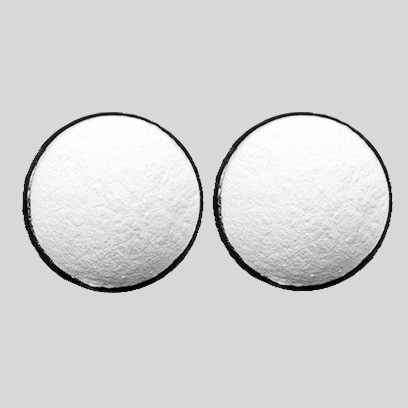
9 月 . 28, 2024 23:32 Back to list
Titanium Dioxide CAS 13463-67-7 Properties, Applications, and Safety Information Guide
Titanium Dioxide (CAS No. 13463-67-7) Properties, Applications, and Safety
Titanium dioxide (TiO2), recognized by its CAS number 13463-67-7, is a versatile and widely-used inorganic compound celebrated for its brilliant white color and outstanding opacity. This compound exists primarily in three crystalline forms rutile, anatase, and brookite, with rutile being the most commonly employed due to its superior properties, including higher refractive index and greater stability.
Titanium Dioxide (CAS No
. 13463-67-7) Properties, Applications, and SafetyBeyond its role as a pigment, TiO2 is also a crucial component in the production of sunscreen products. Due to its natural blocking capabilities against harmful ultraviolet (UV) radiation, it is favored for formulating physical (or mineral) sunscreens. Its application not only prevents sunburn but also helps in the prevention of skin damage associated with UV exposure, thereby making it a popular choice among consumers looking for skin protection.
cas no.13463-67-7 titanium dioxide

Moreover, titanium dioxide has gained attention for its photocatalytic properties. It reacts under UV light to initiate chemical reactions that can help in air and water purification. This capability makes it an important material in developing self-cleaning surfaces and in various environmental applications aimed at reducing pollutants and improving public health.
While titanium dioxide is generally considered safe for use in various products, concerns regarding its potential toxicity, particularly in inhalation scenarios, have been raised. Regulatory bodies in several countries have established guidelines to mitigate risks associated with its use in powdered form, especially in occupational settings. It is essential for manufacturers to adhere to safety protocols, ensuring that workers are protected from excessive exposure.
In conclusion, titanium dioxide (CAS No. 13463-67-7) is a multifaceted compound with invaluable applications across diverse industries, notably in pigments, sunscreens, and environmental technologies. Ongoing research into its properties continues to expand its potential uses, while safety measures ensure its responsible handling and application. As industries evolve, the significance of TiO2 in innovation and sustainability remains steadfast.
-
Lithopone for Plastic & TiO2 R-5568/SK-6658 Masterbatch Solutions
NewsMay.30,2025
-
China Leading Rutile TiO2 Manufacturer - R5566 & R996 Grades Available
NewsMay.30,2025
-
High-Purity Anatase & Rutile TiO2 Powder Trusted Manufacturer
NewsMay.30,2025
-
High-Purity Anatase Products Trusted Supplier & Manufacturer
NewsMay.29,2025
-
Best Price Eco-Friendly Rutile TiO2 Supplier & Wholesale Factory
NewsMay.29,2025
-
Chinese Anatase Titanium Dioxide for Ceramic Glaze Reliable Supplier
NewsMay.29,2025
